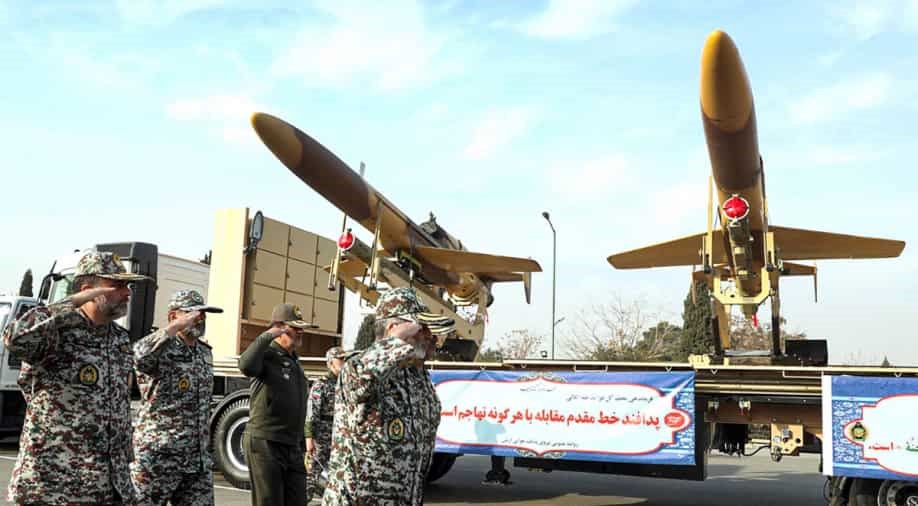Free Courses Sale ends Soon, Get It Now


Free Courses Sale ends Soon, Get It Now



Disclaimer: Copyright infringement not intended.
Context
Details
Concerns Over Iran's Military Developments
About Karrar
Design and Features:
Operational History:
Conclusion
The unveiling of these advanced combat drones equipped with air-to-air missiles marks a significant development in Iran's defense capabilities, prompting international attention and raising concerns among some nations regarding the implications of Iran's military advancements and alleged arms dealings in the Middle East and beyond.
|
PRACTICE QUESTION Q. The unveiling of advanced combat drones by Iran raises concerns regarding the implications of Iran's military advancements and alleged arms dealings in the Middle East and beyond. Discuss. (250 Words) |
© 2024 iasgyan. All right reserved